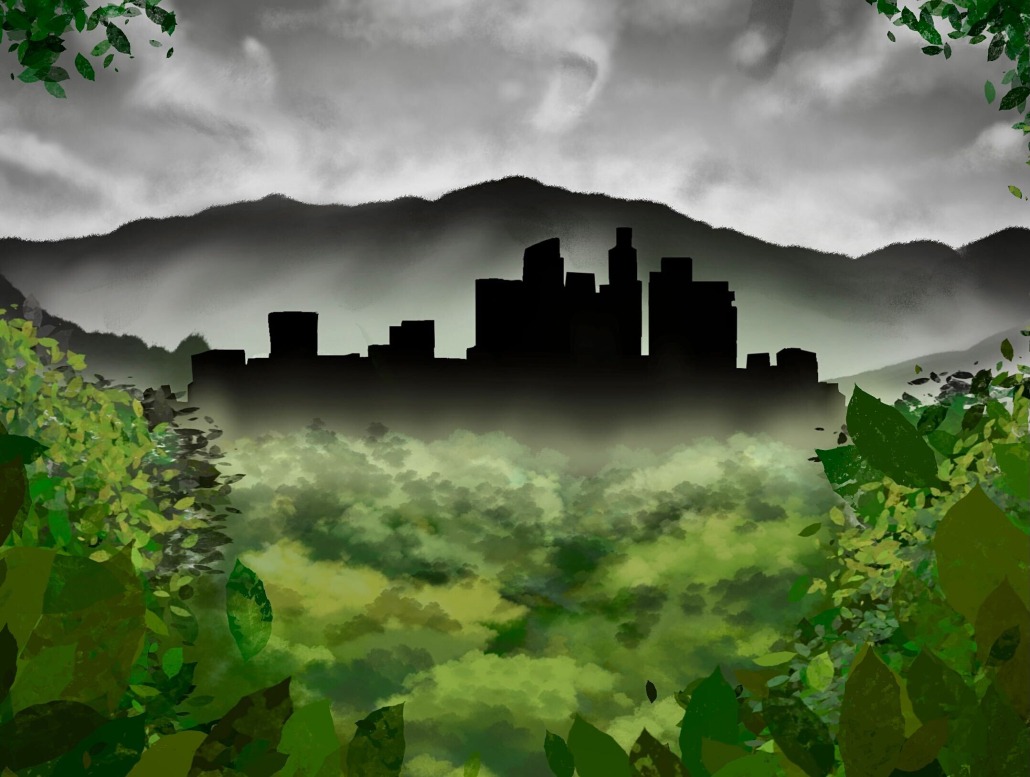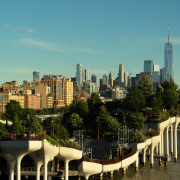.flex_cell.av-av_cell_one_fourth-07d30e11a6a5b37cb8a80b2906d41ea3{
vertical-align:top;
}
.flex_cell.av-av_cell_one_half-e102f07aee4aa90321b8ecb5743696db{
vertical-align:top;
}
Daily Trojan Magazine
LA may be the new Cabo; we can’t let that happen
Shifting climates will change our ecological fabric, but our landscapes will tell if we’ll make it out alive.
#top .hr.hr-invisible.av-av_hr-8ddc7023771561a08c2d1878cbb01bdc{
height:30px;
}
By DANIEL PONS
#top .hr.hr-invisible.av-ly76hm4k-4bedcdb2101d5eccf3d7f0d8f685f307{
height:30px;
}
.avia-image-container.av-ly76i4gd-5422566d7cb0e1997780acae901be514 img.avia_image{
box-shadow:none;
}
.avia-image-container.av-ly76i4gd-5422566d7cb0e1997780acae901be514 .av-image-caption-overlay-center{
color:#ffffff;
}
(Nina Tomasevic / Daily Trojan)
.flex_cell.av-av_cell_one_fourth-07d30e11a6a5b37cb8a80b2906d41ea3{
vertical-align:top;
}
.flex_cell.av-av_cell_one_fourth-07d30e11a6a5b37cb8a80b2906d41ea3{
vertical-align:top;
}
.flex_cell.av-av_cell_one_half-158c56ad4987fbee32a30a1d6c306202{
vertical-align:top;
}
I never thought starting a backyard garden would send me into a philosophical doom spiral. It was an act that had me questioning the very tenets upon which I founded a large part of whom I wanted to become. Yet here I am.
For years now, my backyard has been an eroded badland birthed of sloth and neglect. The Dust Bowl would blush at its sight. So, I figured that I would take it upon myself to replant it with local, endogenous plants, given their adaptation to the local climate and conductivity to local biodiversity — basic layman stuff you could gather from Reddit.
That was until I stumbled upon a website detailing how climates can shift according to emissions trends. Little did I know I was about to enter Wonderland and be shown how deep the rabbit hole goes.
This site, “What will climate feel like in 60 years?”, ruined me. It describes what the climates of American cities will feel like in 2080 if we continue pumping out greenhouse gasses at present rates. San Diego, my hometown, will resemble Los Angeles. And L.A. itself? We’ll be a dead ringer for spring breakers’ paradise Cabo San Lucas. Oh no.
I have spent all of my adult life obsessing over native plants. As an aspiring landscape architect, it’s a proclivity that comes naturally; that’s at least what I explain to concerned friends and family. While researching Southern California’s plants and their ecological communities, I have come to the ethical conclusion that truly sustainable landscapes must reflect the plant communities immediately local to the site being planted. None of that “California native” bulrush — it’s a caricaturization of a swath of ecological communities so vast it holds as much specificity as “Italian food.”
But climate change — as it tends to do — severely complicates any preconceived notions of truth surrounding what plant selections would be appropriate for a given locale. The change blurs the very definition of nativity.
Generally, due to anthropogenically induced greenhouse gas emissions, climate zones are beginning to crawl away from the equator. For us in the Northern Hemisphere, that means that they’re traveling north. Plants thus adapted over millions of years to a particular climate will find themselves ill-equipped to handle the new climate. Given that they don’t have the option to pick up their skirts and skedaddle, specialized plants will likely begin to die out in the ensuing decades.
This news is especially troubling for me, as I tend to be a stubborn purist in most of my creative endeavors. I’ve even derided USC for picking out basic plant selections for their landscaping. Native my aster.
Globally, scientists have begun to take notice of this phenomenon, as many animal species are moving into ecosystems they have never previously inhabited. Grizzly bears are moving north and making sweet love to polar bears and producing pizzlys. Coral reefs are moving from the Caribbean to Galveston, Texas, and parrotfish are swimming into the Mediterranean. Others are exotic escapees, such as SoCal’s famous parrots. While this movement of fauna itself carries a lot of questions — a “will they, won’t they” of potential ecological destruction wrought by these climate migrants — the unfortunate fact is that many plants do not have these translocational capabilities.
Plants’ best hope for survival is if their seeds hitch a ride on a traveling species, but plants won’t be given that opportunity if endemic animals have already migrated. Humans, whether we like it or not, are tasked with cleaning up the mess we’ve made. And it’s a different story for every city.
In the case of Los Angeles, being granted Cabo’s climate is no gift. Sure, those sun-tanned spring break pictures you sent totally ate — I’m slaying this colloquial vernacular thing — but it doesn’t stay nice for long. Rather than our current year-round bliss and a moist rainy season, 2080’s late summer will bring muggy, sweltering 91 degrees Fahrenheit heat and 2.5 inches of rain, while midday will bring heat exceeding 75 degrees throughout the year. Sure, winter will be drier, but the temperature will drive people inside regardless. Compounding this bad news, L.A.’s urban heat island effect will drive up the temperature a further 1-7 degrees Fahrenheit beyond what has been projected. Hope you like 83 degrees in December. Cabo in California isn’t looking so great now, is it?
For native plants, the news is worse. L.A.’s natives have adapted to dry summers and wet winters, and for many, summer water is a death sentence. Climate change’s final verdict for our local plants and the species they support is capital punishment.
One may be tempted to look at this catastrophe and ignore the incoming cataclysm. It’s certainly not a novel thought. The likely result of this laissez-faire approach to environmental stewardship is that California natives aptly adapted to a broad range of climates, such as Baccharis salicifolia, or even the colonizing California poppy, will remain in L.A., while climate migrants and invasive species will occupy the ample leftover space.
The latter category of species will decimate biodiversity and ecosystems. According to The Guardian, a 20%-30% increase in the total amount of invasive species would be enough to cause global ecological collapse. Many invasive species afflicting California, such as cheatgrass, are known to cause fires that incinerate the competition, transforming what were once lush prairies into smoldering ashes ripe for takeover. It’s how cheatgrass engulfed California’s once-native grasslands. Fires themselves are projected to worsen with or without added help from invasive species, meaning their proliferation can only spell further doom.
So unless widespread wildfire and the loss of entire ecosystems becomes a good thing, it’s best that we actually address the gap left by the plants that cannot cope.
Another option is to simply capitulate and plant species that are generally native to the area and the state. In my experience, it’s what most landscape hobbyists tend to do anyway. The thinking goes that if species are going to die out in the wild, at least in urban settings they will live on. So, Pitcher Sage from the Santa Monica Mountains will be put alongside Catalina Currant. It gives the landscaper the wherewithal to choose which plants to protect and conserve.
What’s particularly infuriating is that the justification for these plantings I’ve heard is that shifting climates render true natives obsolete. A lot of native plant gardening is done under the guise of environmental consciousness but executed with caprice and whim. The plants ultimately chosen by hobbyists, for reasons I can’t quite understand, are the ones most advertised.
If that weren’t the case, then these gardeners would plant flora indigenous to Baja California Sur, but that would require research, which is the true crux of the argument.
Of course, either approach also has its deficits. Deprioritizing indigenous natives, and allowing for their local extinctions, would mean the extinction of many local species far too specialized to move with the climate. Los Angeles hosts two highly endangered butterflies, the El Segundo and the Palos Verdes blues; each named after the neighborhood to which its range is limited, each limited to one and two host plants, respectively.
These gorgeous butterflies, measuring the size of your thumbnail, would disappear due to landscaping efforts’ focus on climate suitability rather than ecological value. The truth is, we can only save as much as we put our efforts into. There are ongoing campaigns to bolster these two butterflies’ populations through habitat restoration, but if we’re enduring Cabo’s climate in 2080, their host plants may die out. And so will they.
As a last-ditch attempt, one could introduce genetically modified indigenous plants that are more adapted to the shifting climate, but the ramifications of this unprecedented kind of ecological intervention are completely unstudied. Given the outcomes of previously mentioned solutions, I don’t imagine they’re positive.
The only viable solution to the landscaping conundrum is by addressing the problem at the root: Stop emitting greenhouse gasses, damn it. I shouldn’t have to decide whether it’s worth studying the plants native to this area because they’ll go extinct by the end of the century. I shouldn’t have to shift my efforts from making something beautiful to something that won’t catch fire. I shouldn’t have to worry about being able to enjoy a nice day outside in my golden years.
It’s not enough to compensate for climate catastrophe with some harebrained scheme supposed to alleviate the problem. As long as climates shift, we will lose something. Maybe it’ll be our homes in the greatest blaze ever recorded, maybe it’ll be the smell of sage on a dewy June morning, maybe it’ll be the very concept of a lazy August afternoon, or maybe it’ll be the species that make a day out just that little more pleasant. If we don’t do something, there won’t be recovery from the scar we inflict upon the Earth.
On that website, there’s a little button titled, “What if we reduce emissions?” Clicking it, I see that L.A.’s projected 2080 climate moves to Monterey Park. Maybe it’s not all lost quite yet.
I’ve decided that I’m going to plant local natives in my garden, as though I gathered the seeds straight from the canyon down the road. Landscaping with anything else doesn’t take into account the biodiversity, ecological or cultural components of landscaping with true natives. And it’s a promise that we’ll figure out a way to preserve the environment and keep ourselves accountable.
It’s a promise of optimism. It’s an uphill battle to protect threatened ecosystems, and even more so to replicate these ecosystems in landscaping projects, but then again, optimism was never easy in the first place. All we need are the seeds of hope.
.flex_cell.av-av_cell_one_fourth-07d30e11a6a5b37cb8a80b2906d41ea3{
vertical-align:top;
}
The post LA may be the new Cabo; we can’t let that happen appeared first on Daily Trojan.









